
Rules for the Pygmy Wars
Although many of the rules listed below are WWI specific, I am extremely reluctant to endorse the idea that because the Pygmy Wars took place directly after the Great War that rules for one automatically cover the other. I list my reasons here.
Rules for Figures on Bases
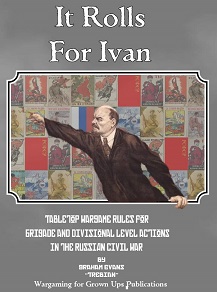
It Rolls for Ivan
A strong new entry into the Russian Civil War rules, written specifically for the period – so no having to fudge tachankas or armoured trains.
They are activation based, and units don't always do what you want, even if you have activations. I consider that a plus when representing a war where so many units refused to obey orders, but it takes getting used to. I like the level they are based at (battalions, strong companies) and that they are all about manoeuvre, so sides don't just line up and advance in perfect harmony.
Their major downside is that they are long: this is not a set of rules you will pick up and be able to get going with in a few minutes. It is a set of rules for those who want to take on the RCW seriously and like the extra detail.
Available printed on demand at Amazon, or pdf at Wargame Vault.
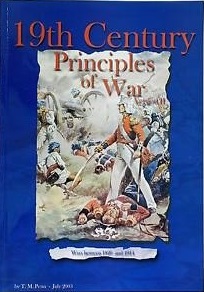
Principles of War "Waterloo to Mons"
I initially decided I would use this set for the period. If you strip out all the bits not relevant to the Pygmy Wars (i.e. all the colonial bits, and all the older weapons) you end up with a fairly small set of rules – and I still think they give a good game. A bit on the "vanilla" side perhaps, but good if your main period is late 19th Century.
I found their army lists for this period so embarrassingly bad that I recommend you do not buy them. They bear no resemblence to the actual Russian Civil War.
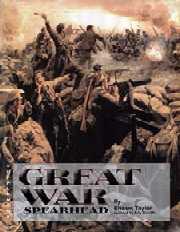
Great War Spearhead
Many people like the SH system, and they certainly look attractive. Again, for me they would only apply if I used the main set for another period, either WWI or WWII.
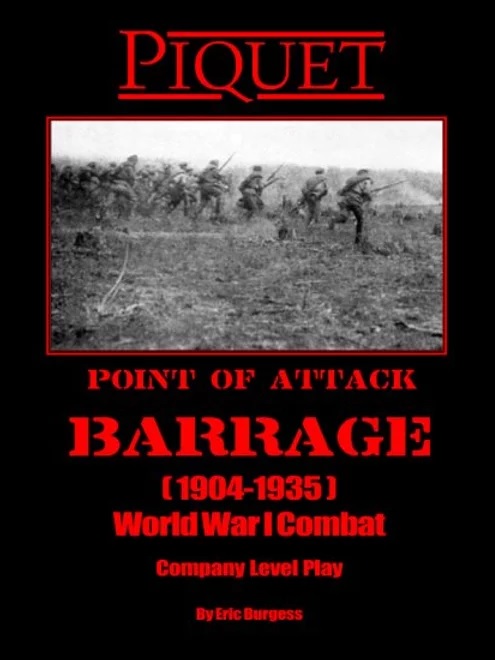
Piquet: Barrage
"Barrage" is dedicated to WWI, with a special RCW clip-on and a few dedicated followers.
I decided that since I was likely to have an uphill struggle trying to find opponents as it was that I was best not to push my luck by trying to use Piquet as well (I have no idea how they play, but they sure do raise hackles in an awful lot of wargamers).
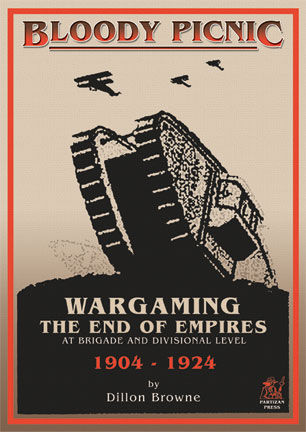
Bloody Picnic
I know very little about these rules, other than that they are for WWI and operate at what I consider is the appropriate level for the Pygmy Wars.
The author writes: "One of the prime influences on these rules was the General de Brigade set created by Dave Brown. The chapter sequence follows that used in GdB where possible and much of the Command and Control chapter will be familiar."
"There are two battle scales within these rules, Brigade and Division level. The number of figures required for the different scales is roughly the same. Looking at divisions, those of most of the major powers contained approximately twelve to eighteen battalions organised into two or three brigades along with field artillery and possibly some heavier batteries. Battles using these sized forces should be able to be completed in about three hours."
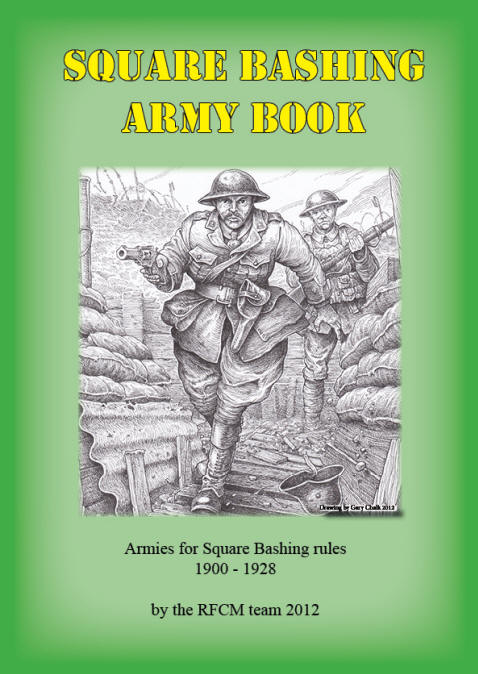
Square Bashing
The Peter Pig house rules, these give excellent WWI games – especially if you want to play the "Big Push" level. But, I feel that their "Proletarian to Horse" fails to make the grade as a RCW set. It assumes the RCW is just an extension of WWI (so artillery can be deep behind the line) and the games don't have a feeling of space and movement, since it is basically impossible with their grid system to find a hole in your opponent's line.
OK if I wanted to play the really big battles like Tsaaritsyn from the viewpoint of the army commanders, but otherwise it seems to me that playing these just gives you WWI games with RCW figures.
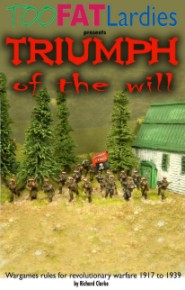
Triumph of the Will
By the TooFatLardies, who specialise in fun, yet realistic, games. I would rate them highly for representing the Pygmy Wars, particularly if one is into gaming the "inter-war" period as a whole.
Unlike most of their rules, these are not designed to be card driven (indeed they are basically I-Go-You-Go) and are not skirmish scale, but use the company as the manoeuvre element.
Recommendation: well worth a look.
(The Lardies also have a few RCW scenarios in their booklets.)
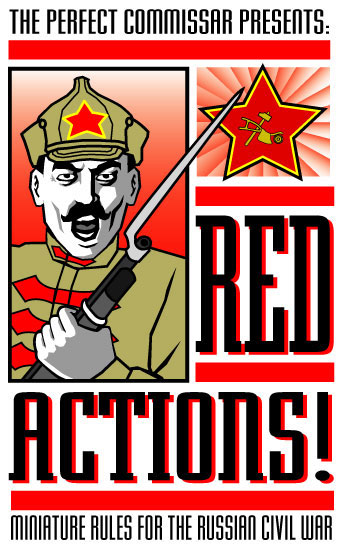
Red Actions!
This is my ultimate set of RCW rules. RA! are simple and quick: good for introducing people to the period (partly because the values for the units are on cards), easy to work casualty calculations and, best of all, what I felt were really realistic results.
I find that they are excellent for solo play, at least partly because they avoid the I-go-you-go mechanism, and I hardly ever have to refer anything other than the quick reference sheet.
They are designed very much for smaller level games, with the base unit being a company or squadron, which suits the smaller actions of the Pygmy Wars. I have used them successfully for larger games, but while the basic mechanisms stand the test very well I feel that if you go over a 6' by 4' table and a dozen units that some sort of command structure is required. I would not recommend them for recreating the very biggest battles of the era, since they operate at too low a scale. But large battles were a rarity in the Pygmy Wars, and they do a fantastic job of the brigade level actions that dominated the period.
The graphics are excellent, and my unit cards (printed on a colour laser printer and then laminated) look fabulous. There is no paperwork in playing them, but they do require units to have a small trail of chits and markers (which some gamers seem to find irritating).
To me their only weakness as a simulation of history is in the area of command – this is a set with "helicopter generals", telepathic communication and total lack of orders. But they suit what I play, in which this lack of C3 is irrelevant – quick fun games, solo games and e-mail kriegsspiels.
My version, which is written out somewhat more conventionally, is here.
The original version, and its accompanying campaign system are here.
Single Figure Basing
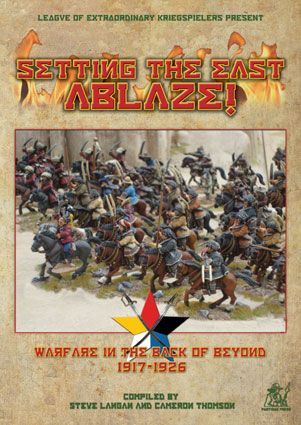
Setting the East Ablaze
I've led with this one because it is actually designed for the Back of Beyond – the name given for Russia/Mongolia/China etc 1920s period.
Suited for a few units a side, using a card action system. They aim to provide a fast fun game.
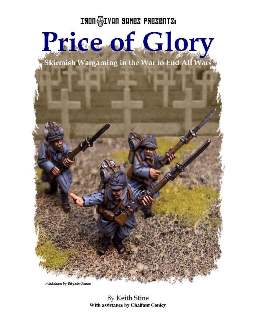
Price of Glory
Skirmish level, the WW1-Version of Disposable Heroes for 20-50 miniatures. A good set in general.
They assume WWI level of effectiveness of firearms though, so crossing open spaces is deadly. This needs to be toned down if you are going to use them for the RCW, where people successfully attacked across open space all the time.
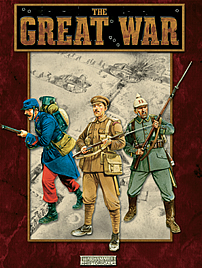
Warhammer Great War
A low level game – this would be the ruleset I would use for gaming at the level of platoons.
One great advantage of using these will be the number of people who are already familiar with the mechanisms, which are those of the old Warhammer 40K.
They no longer support it, but copies of the rules are still around.
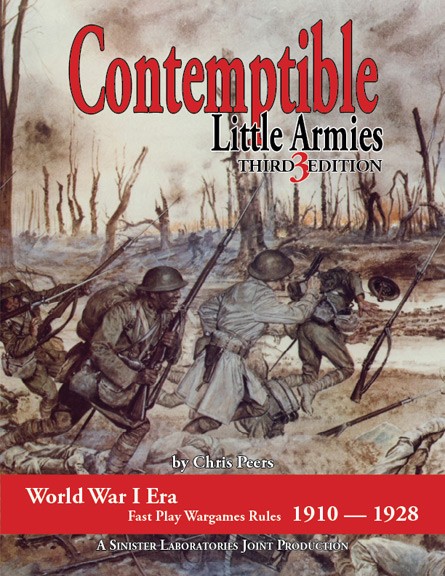
Contemptible Little Armies
I loathe this set, not least because they are so unhistorical and yet bland at the same time. My recommendation to use another set, but others seem to like them.
The matching army lists contain much that is fictional, but are generally only used by the Back of Beyond gamers anyway.
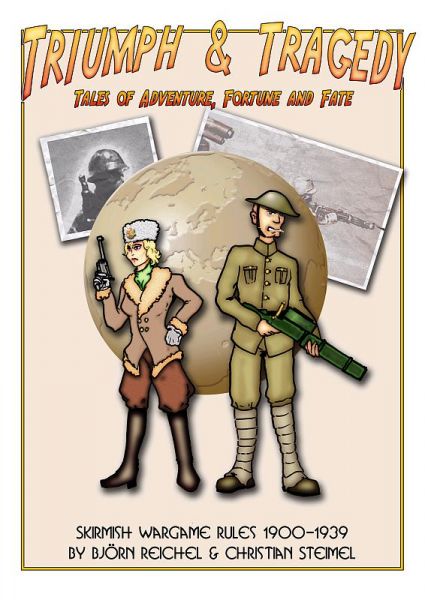
Triumph and Tragedy
The Osprey Publishing set of rules. Some people seem to like them, but others don't like the card driven sequence.
With the ability to add heroes, so attractive for Back of Beyond style gaming.
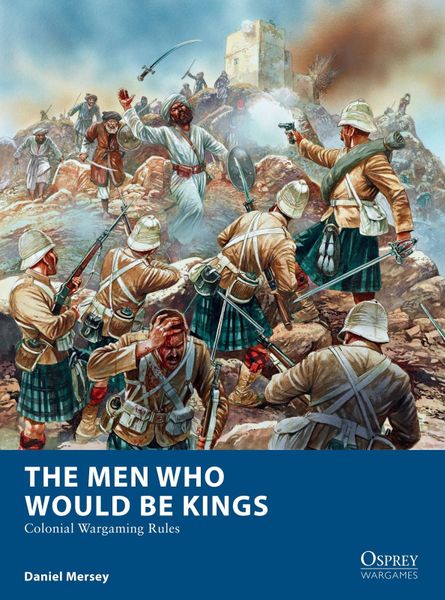
The Men Who Would Be Kings
Originally a colonial set, aimed for a small number of figures, but can be used across a wide span of time.
Some RCW mods are here.
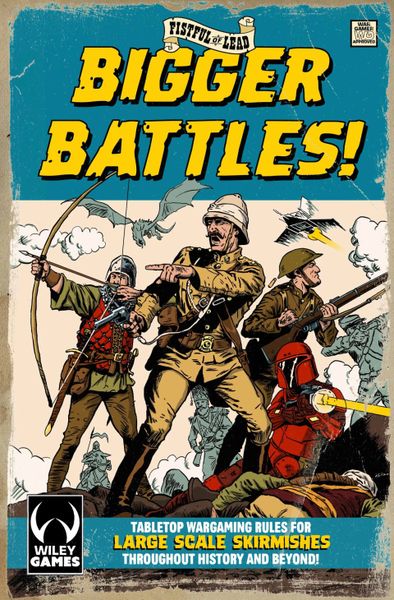
Fist Full of Lead: Bigger Battles
The original system was for individual figures. This is similarly card driven, but for units.
Designed for multi-player "pulp" games, each commanding a half-dozen units. but it can take more.
Free rules available on-line
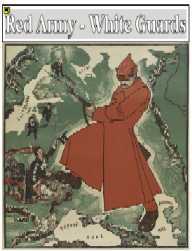 Red Army - White Guards
External link: Wargames Developments
Red & White
External link: Jackson Gamers
Ten Rounds Rapid - Red General / Ten Rounds Rapid - White General
External link: free wargamesRules
Red Hordes
External link: WebArchive
Red Army - White Guards
External link: Wargames Developments
Red & White
External link: Jackson Gamers
Ten Rounds Rapid - Red General / Ten Rounds Rapid - White General
External link: free wargamesRules
Red Hordes
External link: WebArchive
